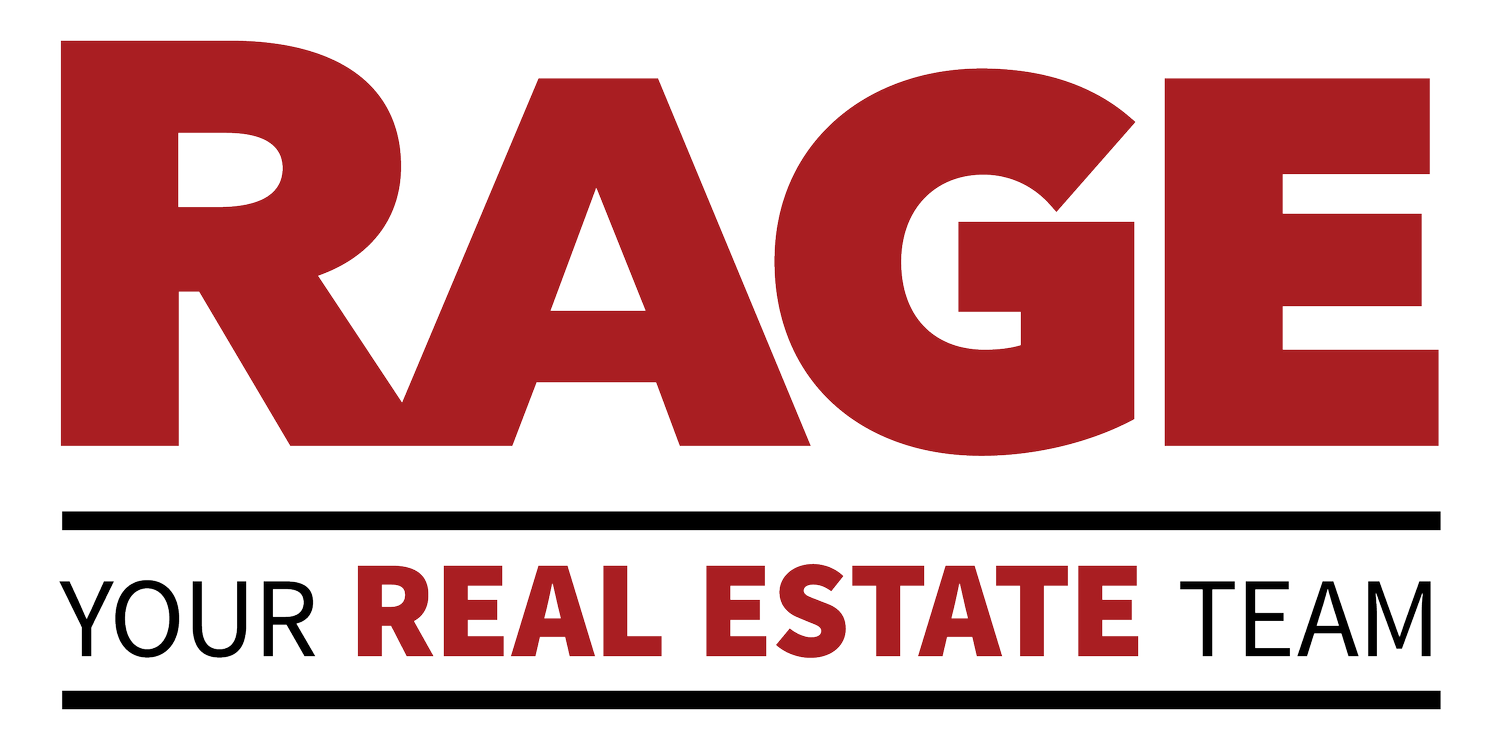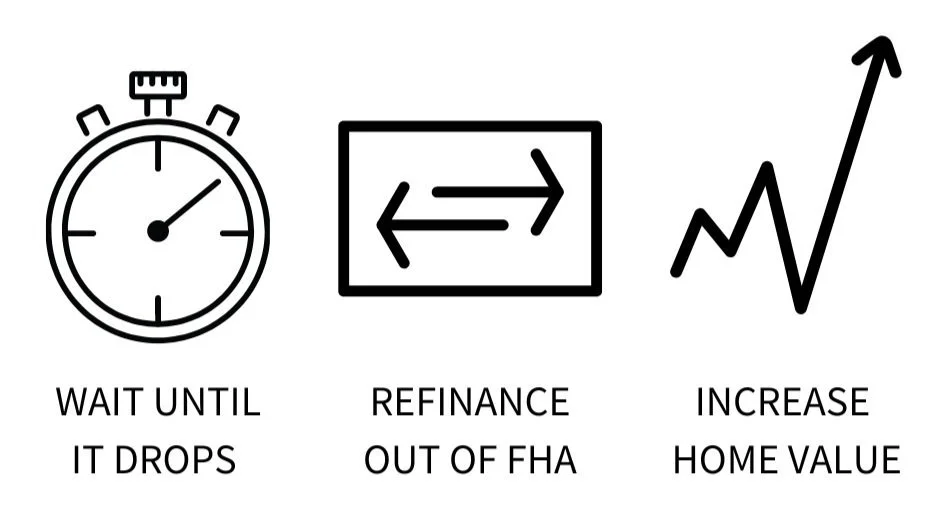Three Ways to Drop Mortgage Insurance
Real estate is full of otherwise rarely used terms and concepts - one of these is "mortgage insurance."
Mortgage insurance is a type of insurance that protects against default on home loans - assigned in the form of a monthly fee to most FHA or Conventional home loans when buyers put down less than 20% as a downpayment.
Mortgage Insurance normally costs 0.5% to 2% of your original mortgage amount per year, so we commonly see it range from $50 to $300 each month for new clients.
DROPPING YOUR MORTGAGE INSURANCE EARLY CAN SAVE YOU THOUSANDS OF DOLLARS.
There are three main ways to "drop" your mortgage insurance.
1. Wait until it drops
For homeowners with Conventional financing (see #2 if you have an FHA loan), your loan repayment plan has a built in schedule at which time your loan balance will be paid down to a sufficient level for your mortgage insurance to automatically drop from your monthly payment. This level is generally a 78% LTV (loan-to-value) based on your initial purchase price or appraisal (whichever was lower), so the number of years it will take to achieve this ratio will depend on the size of your downpayment. If you’re super on top of things, you can also proactively request your mortgage insurance be dropped once you see your LTV paid down to 80% (2% sooner than the auto-scheduled drop off), but there will be small market analysis fee to pay - so the 2% savings might not be worth it.
2. Refinance out of FHA
FHA loans (at least as of the time of this writing) include monthly mortgage insurance that stays with the loan, regardless of the LTV. To drop the mortgage insurance, you’ll need to refinance into a Conventional Loan with at least an an 80% LTV. Conventional loans can have slightly tighter qualifications and refinance loans might have higher interests than the initial purchase loan, but often times dropping mortgage insurance early can provide more than sufficient savings to make the refinance cost effective.
3. Increase home value
This answer consists of two main options:
Option A. Making improvements to increase value.
Rather than paying down a loan balance to achieve 78% LTV, you might choose to make improvements to your property that improve the home value. Kitchen or bathroom remodels are common examples of instant value-adds in homes. If you have completed improvements like these that materially improve the condition and value of the home, you might be eligible to drop mortgage insurance early (soonest is probably 6 months after date of purchase) by requesting a special home valuation through your lender.
Option B. The home value goes up as a result of strong market conditions.
Perhaps you have done basic home projects, but nothing substantive to boost the home value like Option A. There is still good news - if home values in your market have still been rapidly climbing, you might be eligible to drop mortgage insurance as early as two years from your date of purchase. You can request a new home valuation through your lender if you believe the market has expedited your LTV achieving a 78% milestone.
For specific questions about your loan and current options, we advise reaching out to your mortgage lender to most up to date benefits that might be available to you.
We hope this content serves you well as you seek to be savvy homeowners and make wise financial decisions for your future. If you'd like to chat further or are considering moving in the coming months or year, let's get a meeting scheduled today!
Josh & The RAGE Team
or subscribe to receive regular real estate articles and helpful updates like this
This material has been prepared for informational purposes only, and is not intended to provide, and should not be relied on for tax, legal, or accounting advice. You should consult your own tax, legal and accounting advisors before engaging in any transaction.

